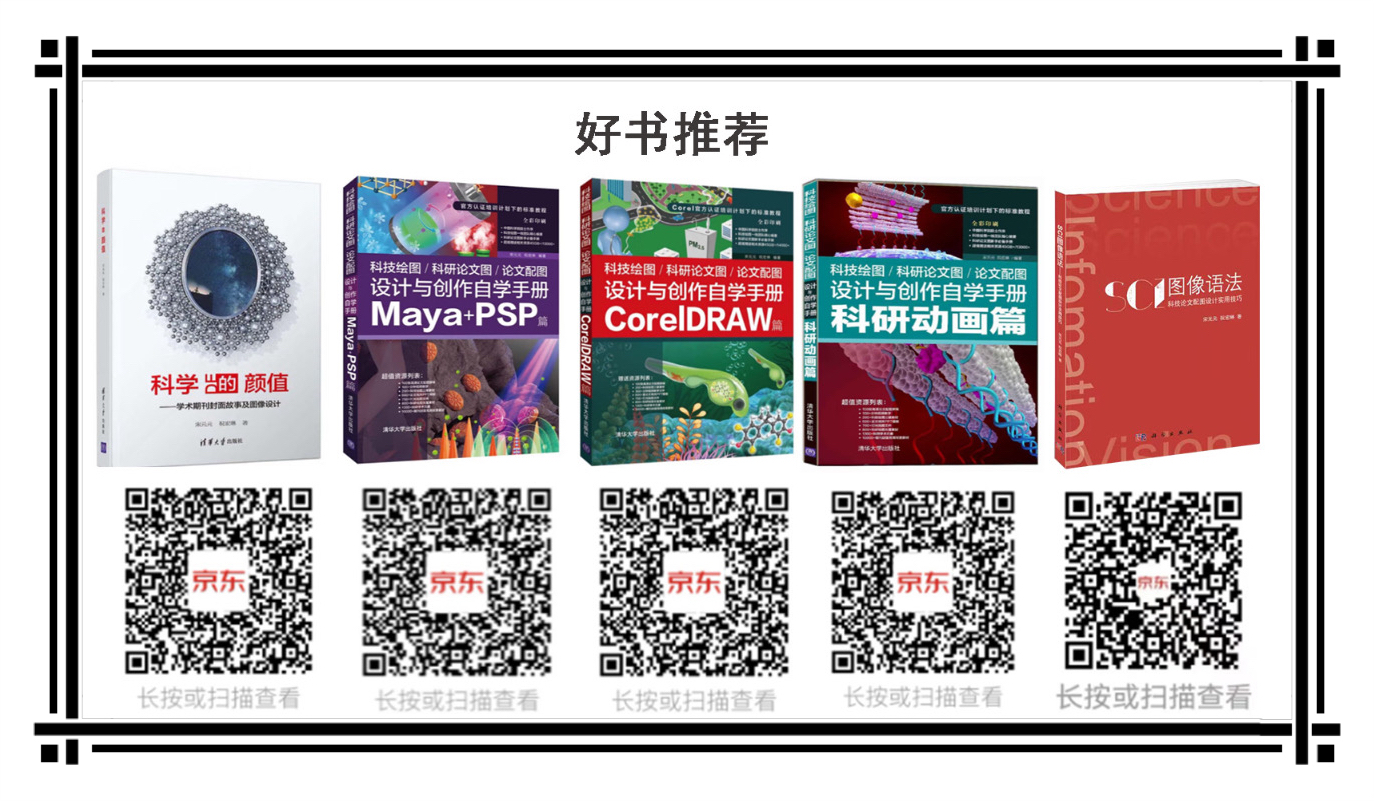博文
AI助力电池创新:加速下一代电池系统发展
||

在全球能源转型的大背景下,先进电池技术对于应对气候挑战至关重要。分子工程在提升电池能量密度、循环寿命和安全性等性能指标方面起着关键作用。如今,人工智能(AI)正融入下一代电池系统的分子发现过程。首先,要进行分子表示的多维策略,将分子信息转化为机器可读的输入,这是AI驱动分子发现的基础。接着,有多种AI算法可供使用,像经典机器学习、深度学习以及新兴的大语言模型。AI在预测电池关键电化学性质上潜力巨大,例如氧化还原电位、粘度和介电常数等。在分子设计方面,AI也有诸多重要应用,包括化学知识发现、高通量虚拟筛选、定向分子生成和高通量实验等。不过,目前也面临一些挑战。未来,需要整合分子数据库、算法、计算能力和自主实验平台。相信AI能加速分子设计,推动下一代电池系统的发展,实现可持续能源创新。
期刊
Chemical Society Reviews
标题
Accelerating battery innovation: AI-powered molecular discovery
作者
Yu-Chen Gao, Xiang Chen, Yu-Hang Yuan, Yao-Peng Chen, Yi-Lin Niu, Nan Yao, Yan-Bin Gao, Wei-Lin Li and Qiang Zhang
摘要
The global energy transition urgently demands advanced battery technologies to address current climate challenges, where molecular engineering plays a pivotal role in optimizing performance metrics such as energy density, cycling lifespan, and safety. This review systematically examines the integration of artificial intelligence (AI) into molecular discovery for next-generation battery systems, addressing both transformative potential and sustainability challenges. Firstly, multidimensional strategies for molecular representation are delineated to establish machine-readable inputs, serving as a prerequisite for AI-driven molecular discovery (Section 2). Subsequently, AI algorithms are systematically summarized, encompassing classical machine learning, deep learning, and the emerging class of large language models (Section 3). Next, the substantial potential of AI-powered predictions for key electrochemical properties is illustrated, including redox potential, viscosity, and dielectric constant (Section 4). Through paradigmatic case studies, significant applications of AI in molecular design are elucidated, spanning chemical knowledge discovery, high-throughput virtual screening, oriented molecular generation, and high-throughput experimentation (Section 5). Finally, a general conclusion and a critical perspective on current challenges and future directions are presented, emphasizing the integration of molecular databases, algorithms, computational power, and autonomous experimental platforms. AI is expected to accelerate molecular design, thereby facilitating the development of next-generation battery systems and enabling sustainable energy innovations.
原文链接
https://pubs.rsc.org/en/content/articlelanding/2025/cs/d5cs00053j
<静远嘲风-南京>设计制作

购书链接:
☆科学的颜值:学术期刊封面故事及图像设计
https://item.jd.com/12802188.html
☆科技绘图/科研论文图/论文配图设计与创作自学手册:CorelDRAW篇
https://item.jd.com/13504674.html
☆科技绘图/科研论文图/论文配图设计与创作自学手册:Maya+PSP篇
https://item.jd.com/13504686.html
☆科技绘图/科研论文图/论文配图设计与创作自学手册:科研动画篇
https://item.jd.com/13048467.html#crumb-wrap
☆SCI图像语法-科技论文配图设计使用技巧
https://item.jd.com/10073529532924.html?bbtf=1

静远嘲风(MY Scimage) 成立于2007年,嘲风取自中国传统文化中龙生九子,子子不同的传说,嘲风为守护屋脊之瑞兽,喜登高望远;静远取自成语“宁静致远”,登高莫忘初心,远观而不可务远。

学习更多绘图教程关注:


https://wap.sciencenet.cn/blog-519111-1508280.html
上一篇:2025年09月嘲风作品集(二)